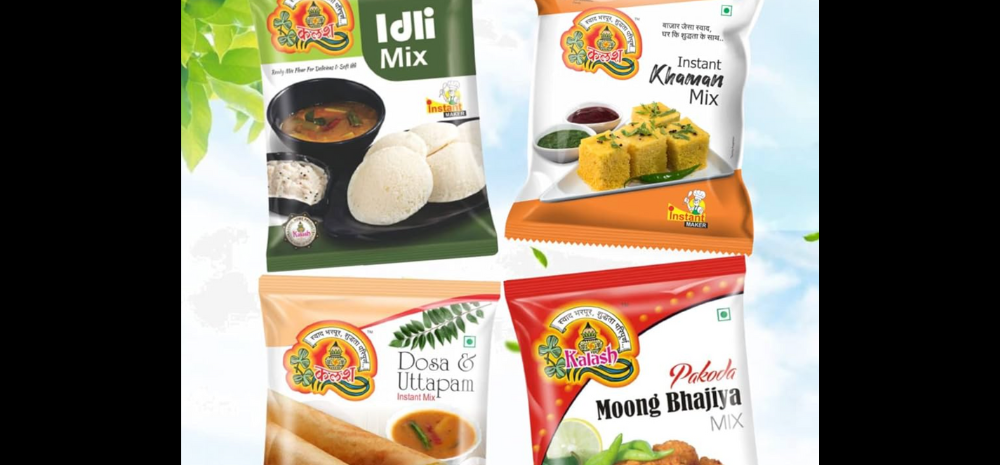The Gujarat Appellate Authority for Advance Ruling (GAAAR) has made a significant decision regarding the GST classification of instant mixes such as idli, dosa, and khaman flour. This ruling clarifies that these products cannot be classified as ‘chhatua’ or ‘sattu’ and are thus subject to an 18% GST.

Background of the Ruling
Kitchen Express Overseas Ltd’s Appeal
Gujarat-based Kitchen Express Overseas Ltd approached the GAAAR against a ruling by the GST advance authority. The company argued that its seven ‘instant flour mixes’ are ‘ready to cook’ and not ‘ready to eat,’ which should make them eligible for a 5% GST rate akin to ‘sattu’. These mixes include gota, khaman, dalwada, dahi-wada, dhokla, idli, and dosa in powder form.
GAAAR’s Decision
The GAAAR rejected the company’s contention. The ruling emphasized that the ingredients used in ‘instant flour mixes’ are not covered under the same GST rules as those for ‘sattu’. According to the GAAAR, the inclusion of spices and other ingredients in these mixes differentiates them from simpler flour mixes like ‘sattu,’ which are eligible for a 5% GST rate.
Key Points of the Ruling
CBIC Circular and Ingredients
The Central Board of Indirect Taxes and Customs (CBIC) circular specifies the ingredients eligible for the 5% GST rate for ‘sattu’. However, this clarification does not apply to Kitchen Express’s products due to the significant presence of additives like spices and other ingredients.
Classification and Tax Rate
The appellate authority ruled that just because the end consumer must follow certain cooking procedures before consuming the products does not justify a lower GST rate. The GAAAR classified these instant mixes under Chapter Heading (CH) 2106 90 99, which covers ‘ready to cook’ food preparations, thereby subjecting them to an 18% GST rate.
Expert Opinions
Abhishek Jain, Indirect Tax Head & Partner at KPMG, noted that classification disputes are common under GST, often due to differing interpretations of clarifications provided in circulars. Rajat Mohan, Executive Director at Moore Singhi, explained that the significant inclusion of additives in these products distinguishes them from simpler flours, justifying the higher tax rate.
Conclusion
The GAAAR’s ruling has significant implications for the classification of instant flour mixes under GST. By affirming an 18% GST rate for these products, the authority underscores the importance of the ingredients and additives in determining the appropriate tax rate. This decision highlights the complexities and challenges in GST classification disputes.













